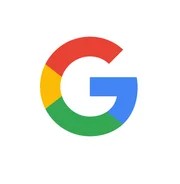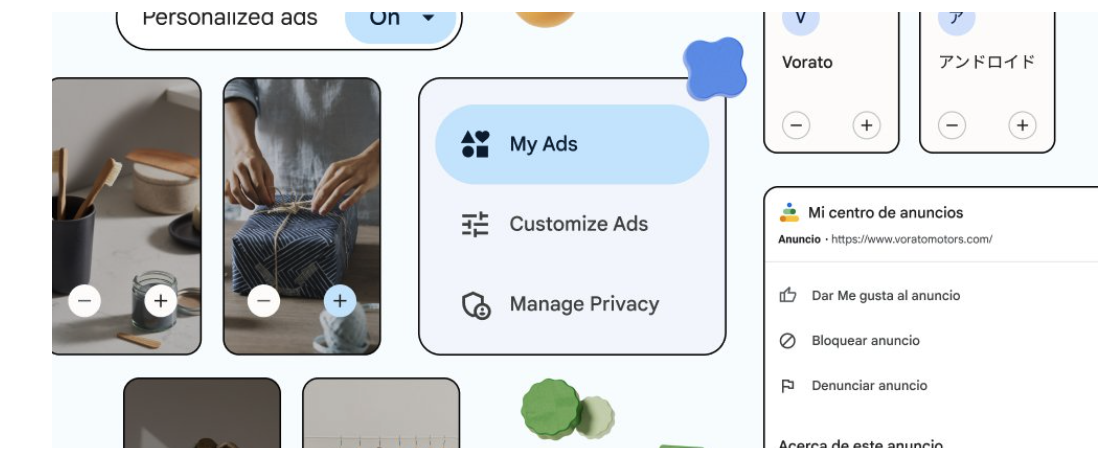Our annual Ads Safety Report
At Google, we actively look for ways to ensure a safe user experience when making decisions about the ads people see and the content that can be monetized on our platforms. Developing policies in these areas and consistently enforcing them is one of the primary ways we keep people safe and preserve trust in the ads ecosystem.
2021 marks one decade of releasing our annual Ads Safety Report, which highlights the work we do to prevent malicious use of our ads platforms. Providing visibility on the ways we’re preventing policy violations in the ads ecosystem has long been a priority — and this year we’re sharing more data than ever before.
Our Ads Safety Report is just one way we provide transparency to people about how advertising works on our platforms. Last spring, we also introduced our advertiser identity verification program. We are currently verifying advertisers in more than 20 countries and have started to share the advertiser name and location in our About this ad feature, so that people know who is behind a specific ad and can make more informed decisions.
Enforcement at scale
In 2020, our policies and enforcement were put to the test as we collectively navigated a global pandemic, multiple elections around the world and the continued fight against bad actors looking for new ways to take advantage of people online. Thousands of Googlers worked around the clock to deliver a safe experience for users, creators, publishers and advertisers. We added or updated more than 40 policies for advertisers and publishers. We also blocked or removed approximately 3.1 billion ads for violating our policies and restricted an additional 6.4 billion ads.
Our enforcement is not one-size-fits-all, and this is the first year we’re sharing information on ad restrictions, a core part of our overall strategy. Restricting ads allows us to tailor our approach based on geography, local laws and our certification programs, so that approved ads only show where appropriate, regulated and legal. For example, we require online pharmacies to complete a certification program, and once certified, we only show their ads in specific countries where the online sale of prescription drugs is allowed. Over the past several years, we’ve seen an increase in country-specific ad regulations, and restricting ads allows us to help advertisers follow these requirements regionally with minimal impact on their broader campaigns.
We also continued to invest in our automated detection technology to effectively scan the web for publisher policy compliance at scale. Due to this investment, along with several new policies, we vastly increased our enforcement and removed ads from 1.3 billion publisher pages in 2020, up from 21 million in 2019. We also stopped ads from serving on over 1.6 million publisher sites with pervasive or egregious violations.
Fighting the newest forms of fraud and scams
Often when we experience a major event like the pandemic, bad actors look for ways to to take advantage of people online. We saw an uptick in opportunistic advertising and fraudulent behavior from actors looking to mislead users last year. Increasingly, we’ve seen them use cloaking to hide from our detection, promote non-existent virtual businesses or run ads for phone-based scams to either hide from detection or lure unsuspecting consumers off our platforms with an aim to defraud them.
The number of ad accounts we disabled for policy violations increased by 70% from 1 million to over 1.7 million. We also blocked or removed over 867 million ads for attempting to evade our detection systems, including cloaking, and an additional 101 million ads for violating our misrepresentation policies. That’s a total of over 968 million ads.
Demonetizing hate and violence
Last year, news publishers played a critical role in keeping people informed, prepared and safe. We’re proud that digital advertising, including the tools we offer to connect advertisers and publishers, supports this content. We have policies in place to protect both brands and users.
In 2017, we developed more granular means of reviewing sites at the page level, including user-generated comments, to allow publishers to continue to operate their broader sites while protecting advertisers from negative placements by stopping persistent violations. In the years since introducing page-level action, we’ve continued to invest in our automated technology, and it was crucial in a year in which we saw an increase in hate speech and calls to violence online. This investment helped us to prevent harmful web content from monetizing. We took action on nearly 168 million pages under our dangerous and derogatory policy.
Continuing this work in 2021
We know that when we make decisions through the lens of user safety, it will benefit the broader ecosystem. Preserving trust for advertisers and publishers helps their businesses succeed in the long term. In the upcoming year, we will continue to invest in policies, our team of experts and enforcement technology to stay ahead of potential threats. We also remain steadfast on our path to scale our verification programs around the world in order to increase transparency and make more information about the ad experience universally available. IMAGE URL AUTHOR NAME AUTHOR TITLE AUTHOR TEAM



